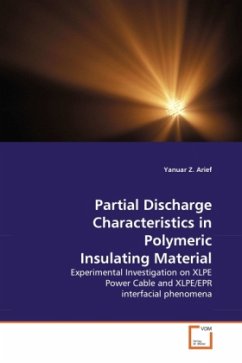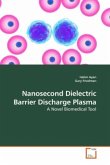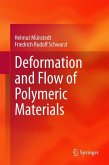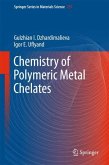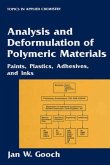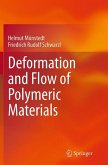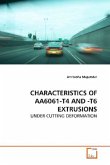In order to improve long-term reliability of polymer power cables, it is essential to understand the mechanisms of degradation and breakdown of solid insulation materials such as crosslinked polyethylene (XLPE), ethylene-propylene rubber and its interfacial phenomena. The insulation performance of polymers usually decreases quickly with high voltage application, if partial discharges(PD) occur in voids or defects. Hence, PD detection and diagnosis are one of the most important means to test HV cables. In this work, firstly it was shown the PD characteristics of simulated XLPE/EPR interface of XLPE cable joint containing three kinds of artificial defects namely metal particle, air void, and wet fiber, respectively. Then investigation of aging time dependence of PD characteristics up to breakdown was performed when a needle-like void defect was artificially introduced in practical XLPE cable joint, and the results were compared with those of model samples. Secondly, study was made on ethylene-propylene rubber (EPR) used as power cable insulation with respect to the effects of crosslinking type of EPR and amount of filler content on the insulation properties.

